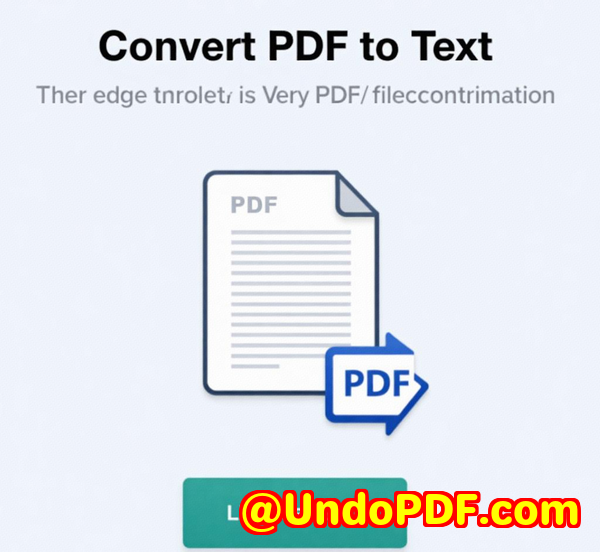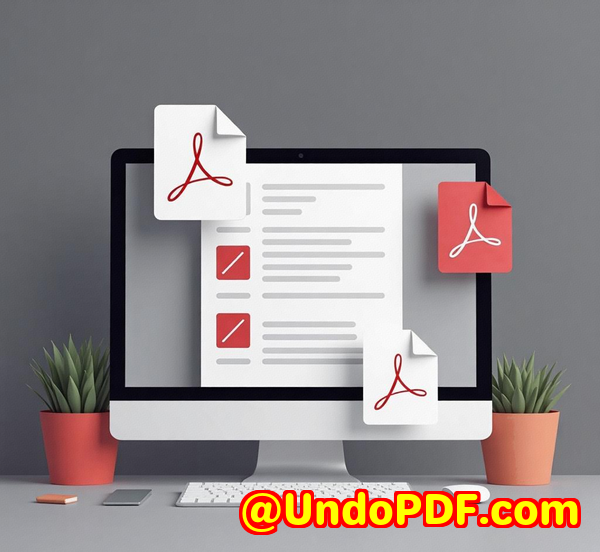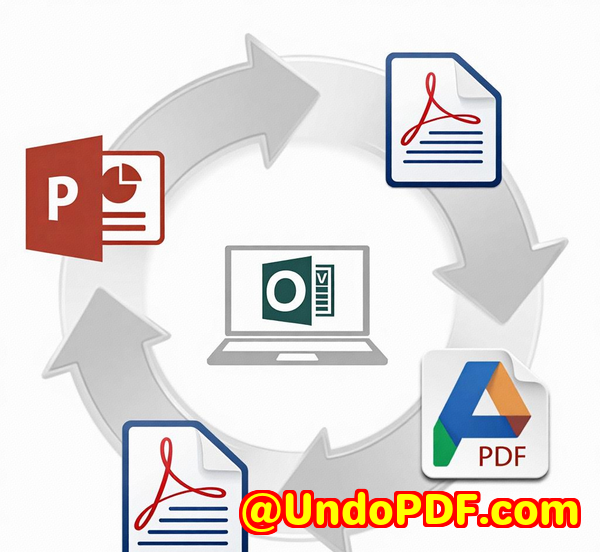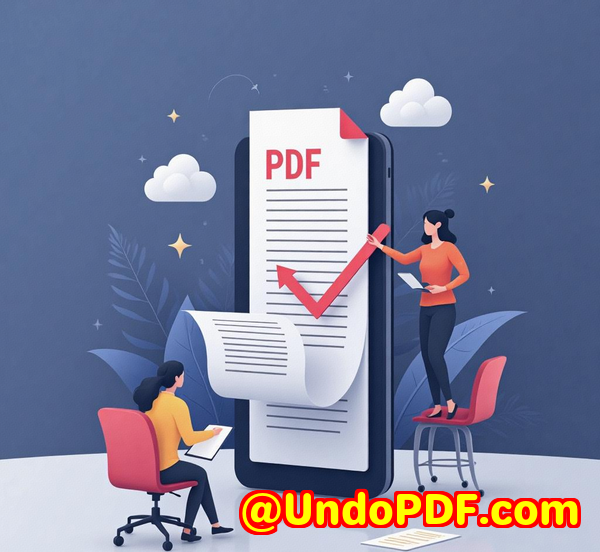Save Time and Improve Accuracy with VeryDOCs Batch PDF to Vector Conversion Capabilities
Save Time and Improve Accuracy with VeryDOC’s Batch PDF to Vector Conversion Capabilities
Meta Description
Discover how VeryDOC’s Batch PDF to Vector Conversion can save you time, improve accuracy, and streamline your workflow. Try it today for real results!

Opening Paragraph (Engagement)
Ever spent hours manually converting PDF files to other formats?
I know I have. A while ago, I was drowning in a sea of PDF files that needed to be converted to scalable vector formats. The task was tedious, time-consuming, and prone to errors. Each conversion involved opening the PDF, manually resizing, and formatting, hoping everything looked right. There had to be a better way, and that’s when I discovered VeryDOC’s Batch PDF to Vector Converter. It was a game-changer. If you’re dealing with tons of PDF files that need to be converted into vector formats, you’re going to want to hear about this tool.
Body (Product Solution + Personal Experience)
What is VeryDOC’s PDF to Vector Converter?
VeryDOC’s PDF to Vector Converter Command Line SDK is designed to help you batch convert Acrobat PDF files into scalable vector formats. Whether you’re working with WMF, EMF, SVG, PS, EPS, or even SWF (Flash), this tool has you covered. It allows you to automate the conversion process, saving you hours of work, especially when handling large volumes of files. The best part? It’s completely royalty-free for developers. So, if you’re a developer looking to integrate PDF-to-vector conversion into your application, this tool gives you the flexibility you need.
I’ve used this tool countless times, especially in fields like CAD architecture, business diagrams, and GIS cartography maps. For me, the flexibility and ease of integration were immediately apparent. It integrates seamlessly with programming languages such as C++, Python, PHP, and .NET.
Key Features and How They Made a Difference
Here are the standout features that make VeryDOC’s PDF to Vector Converter a must-have:
-
Batch Conversion with High Accuracy
The ability to convert multiple files simultaneously is a real time-saver. The tool allows me to select a folder of PDFs and automatically convert all of them into vector formats. It’s perfect for handling large-scale projects where time is critical. No more manual clicking through each file. It’s just click and go.
-
Comprehensive Format Support
Whether you need WMF for Windows Metafile, EMF for enhanced graphics, or even EPS and SVG for scalable vector graphics, the software has it all. I’ve worked with several formats in the past, and VeryDOC’s PDF to Vector Converter offers a better conversion process and higher quality output than most other tools I’ve tried. The output vector files can easily be imported into publishing systems or design tools without any loss of quality.
-
Support for Protected PDFs
One of the most frustrating things when working with PDFs is trying to convert a password-protected file. Many other converters won’t touch these, but VeryDOC allows you to handle password-protected files seamlessly, whether you’re working with owner or user passwords. This feature saved me countless hours when dealing with sensitive documents.
-
No Need for Adobe Acrobat
Most other PDF-to-vector tools require you to have Adobe Acrobat installed. But with VeryDOC, you don’t need it. It’s a standalone tool, meaning you don’t have to worry about compatibility issues or software conflicts.
-
Optimized for Print and Graphics
One of my favourite aspects of this tool is the ability to maintain optimal print quality, whether I’m printing to a local printer or sending the file for large-scale printing. The vector files maintain their resolution no matter how much I scale them. This is particularly helpful for business diagrams or scientific charts that require high precision.
Real-World Use Cases
Here’s how I’ve used VeryDOC’s PDF to Vector Converter in different industries and scenarios:
-
Architecture & CAD
In the architecture world, precision is key. I’ve used this tool to convert PDF blueprints and designs into vector formats that can be easily imported into CAD software. The vector conversion makes it much easier to edit and scale designs without losing detail or quality.
-
Scientific and Business Diagrams
For scientific and business presentations, diagrams are often presented as PDFs. Converting these into scalable vector formats like SVG or EPS allows me to maintain the clarity of complex diagrams. These vector files are also more adaptable for animations or digital presentations.
-
Legal & Compliance
I work with a lot of legal documents, and some of them come as scanned PDFs. Converting these into vector files ensures that the text remains editable and can be repurposed when needed. Plus, the tool can even repair damaged PDF files during conversion.
-
Publishing & Design
For graphic design projects, I often need to work with vector artwork, especially when dealing with logos, infographics, or other assets. VeryDOC ensures that I can take any PDF and convert it into a vector format that seamlessly integrates into my design workflow.
Why It Stands Out
Now, let’s be real for a second. There are a lot of PDF conversion tools out there, but what sets VeryDOC’s PDF to Vector Converter apart from the competition?
-
Customization Options
Unlike many other converters, VeryDOC provides several methods to tweak the output file. Whether you need to adjust the scaling, background colour, or the quality of embedded images, this tool gives you the fine control you need. The command-line interface allows for advanced customisation, so you can tailor the tool to fit your exact needs.
-
Seamless Integration
If you’re a developer, you’ll appreciate the fact that the tool can be easily integrated into your workflow. The SDK is available as a COM object, DLL library, or command-line toolyou can use whichever method works best for you. This flexibility allows for automation, making the conversion process smoother.
-
Speed
One thing that’s impressed me consistently is the speed at which it performs batch conversions. Whether I’m converting hundreds or thousands of files, the process doesn’t slow down, even when handling large files. This has made my workflow much more efficient.
Conclusion (Summary + Recommendation)
In short, VeryDOC’s Batch PDF to Vector Converter is a must-have tool for anyone who regularly works with PDF files that need to be converted into scalable vector formats. Whether you’re in the design industry, architecture, or dealing with legal and scientific documents, this tool will save you hours of tedious manual work while ensuring you maintain high-quality output.
From personal experience, I can say that this tool has made a significant impact on my workflow. If you’re dealing with large volumes of PDFs and need to convert them quickly and accurately, I highly recommend giving it a try. Trust me, you’ll wonder how you ever lived without it.
Start your free trial now and boost your productivity.
Custom Development Services by VeryDOC
VeryDOC offers comprehensive custom development services to meet your unique technical needs. Whether you require specialised PDF processing solutions for Linux, macOS, Windows, or server environments, VeryDOC’s expertise spans a wide range of technologies and functionalities.
VeryDOC’s services include the development of utilities based on Python, PHP, C/C++, Windows API, Linux, Mac, iOS, Android, JavaScript, C#, .NET, and HTML5. VeryDOC specialises in creating Windows Virtual Printer Drivers capable of generating PDF, EMF, and image formats, as well as tools for capturing and monitoring printer jobs, which can intercept and save print jobs from all Windows printers into formats like PDF, EMF, PCL, Postscript, TIFF, and JPG. Additionally, VeryDOC provides solutions involving system-wide and application-specific hook layers to monitor and intercept Windows APIs, including file access APIs.
If you have specific technical needs or require customised solutions, please contact VeryDOC through its support centre at https://support.verypdf.com/ to discuss your project requirements.
FAQ
-
How do I use the Batch PDF to Vector Converter?
The tool can be used through a command-line interface or integrated into your own applications using the SDK. Detailed instructions are provided in the user guide.
-
Can it handle password-protected PDFs?
Yes, the tool supports converting encrypted PDFs as long as you have the correct password.
-
What output formats are supported?
The tool supports several vector formats including WMF, EMF, SVG, PS, EPS, SWF, and more.
-
Is there a trial version available?
Yes, you can start a free trial of the software to test its capabilities.
-
Can I integrate the converter into my own software?
Yes, the SDK provides flexible integration options for use with programming languages like C++, C#, Python, and PHP.
Tags or keywords
Batch PDF to Vector, PDF to Vector Converter, PDF Conversion Tool, Vector File Conversion, Scalable Vector Graphics (SVG)
Explore VeryDOC PDF to Vector Converter Command Line SDK for Developers Royalty Free Software at: https://www.verydoc.com/pdf-to-vector.html



